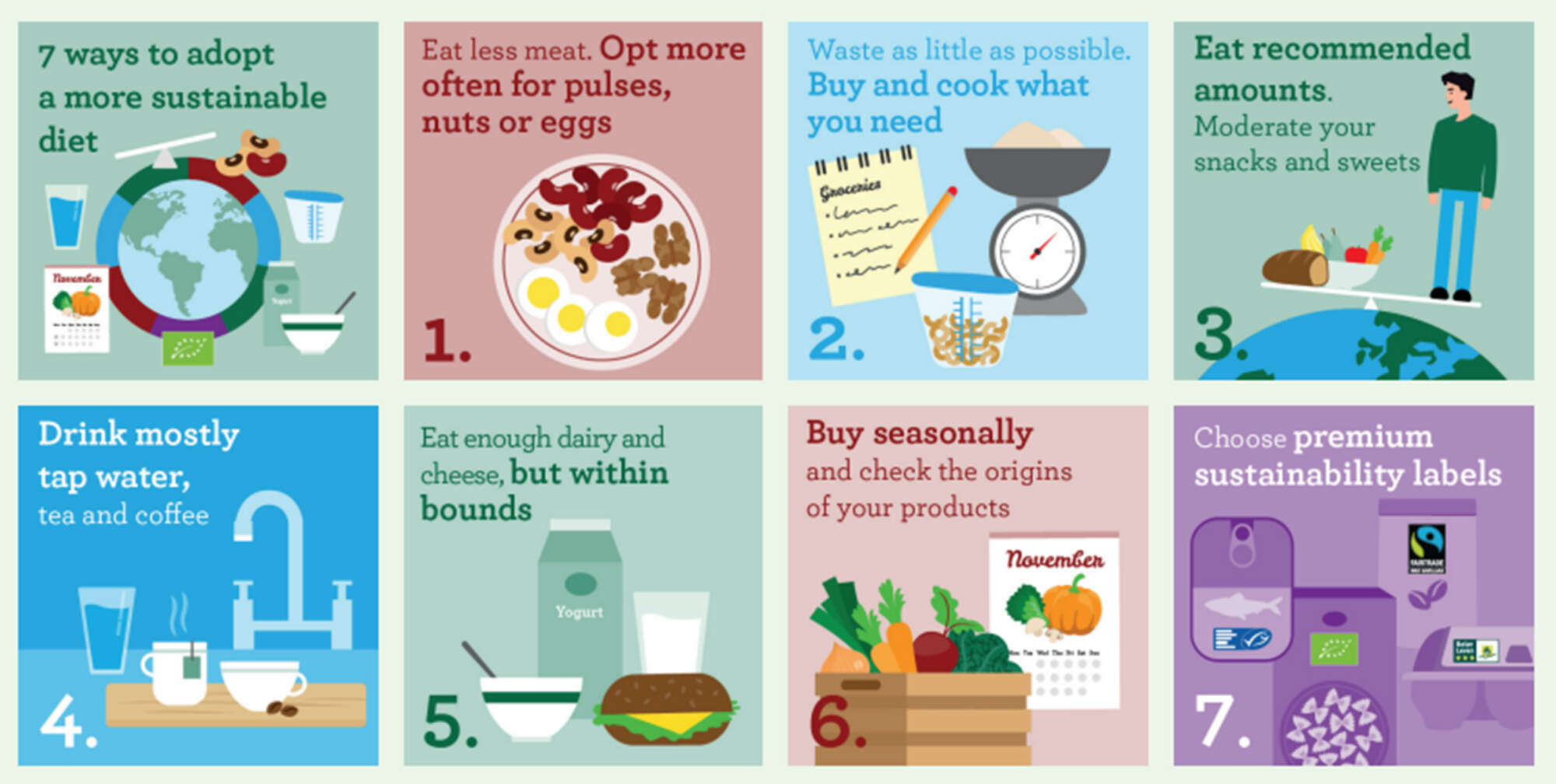tin Brice Guariglia moves fluidly between art, science, and activism, all the while creating work that pushes its viewers to face the realities of a rapidly shifting planet. His practice grows out of collaborations with scientists, writers, and thinkers.
Guariglia’s perspective was transformed in 2015, when he joined NASA missions over Greenland to document its melting ice sheets. Seeing the scale of change firsthand reshaped his artistic direction and led to deeper partnerships with climate researchers. These experiences have since fed into everything from large-scale public installations to digital projects exploring sea-level rise. His ongoing work with research institutions and climate-focused organizations shows his genuine commitment to bridging scientific knowledge and public understanding.
Dr. Gidon Eshel is not the kind of climate scientist who limits his attention to melting glaciers or atmospheric physics. Trained as a physical oceanographer at Columbia University and later a postdoctoral researcher at Harvard, Eshel has spent the past two decades changing how the world understands the environmental footprint of food.
Now a Research Professor at Bard College and a Visiting Scholar at Harvard’s Department of Earth and Planetary Sciences, he has become one of the most influential voices connecting daily dietary choices with global ecological outcomes.
With work in geophysics, agriculture and nutrition, Eshel offers a rare, systems-level view of how what we eat shapes the planet. His research has demonstrated, with striking clarity, that food is not merely a personal or cultural matter, but a driver of land use, water demand, and greenhouse gas emissions on a scale that challenges transportation and energy systems.
For years, ranchers and some conservationists have argued that grass-fed beef is better for the planet than conventional cattle.
But a study published [March 2025] in the Proceedings of the National Academy of Sciences challenges that idea, finding that cattle raised only on pastures do not have a smaller carbon footprint than feedlot cattle, which are quickly fattened on corn and other grains. This held even when the researchers took into account that healthy pastureland can help capture more carbon by pulling it out of the air and storing it in roots and other plant tissues.
Humanity’s growing demand for animal meat is driving a planetary crisis, accelerating climate change, devastating ecosystems, and threatening public health.
Two grim, almost surreal, 26-story buildings tower over the southern outskirts of Enzhou, about 500 miles west of Shanghai in China’s Hubei province. No one would mistake them for apartment complexes despite their neat grid of window-like slots. Indeed, their main inhabitants are not human at all. The buildings are designed specifically to meet the biological and reproductive needs of 600,000 pigs each. Here they will be bred, farrowed, fattened, and finally slaughtered to meet the exploding animal protein needs of China, which consumes half the world’s pork and is also its biggest pork producer.
It is the world’s largest vertical pig farm, designed to manufacture 54,000 tonnes of pork every year. The building’s design reflects its unique function. Each of its six giant elevators can hoist a load of 10 tons, or about 100 pigs, at a time. Every utility and process, from the building’s water supply, electricity, and air conditioning, to its automatic feeding machines and smart air filtration and disinfection systems, can be monitored and controlled centrally from a NASA-like command center on the first floor. A stupendous amount of pig manure is processed daily in a biogas-driven waste treatment system and turned into electricity for lighting and heating the buildings. About 400 such ‘pig-rises’ could meet a part of China’s and the world’s growing appetite for animal proteins.
